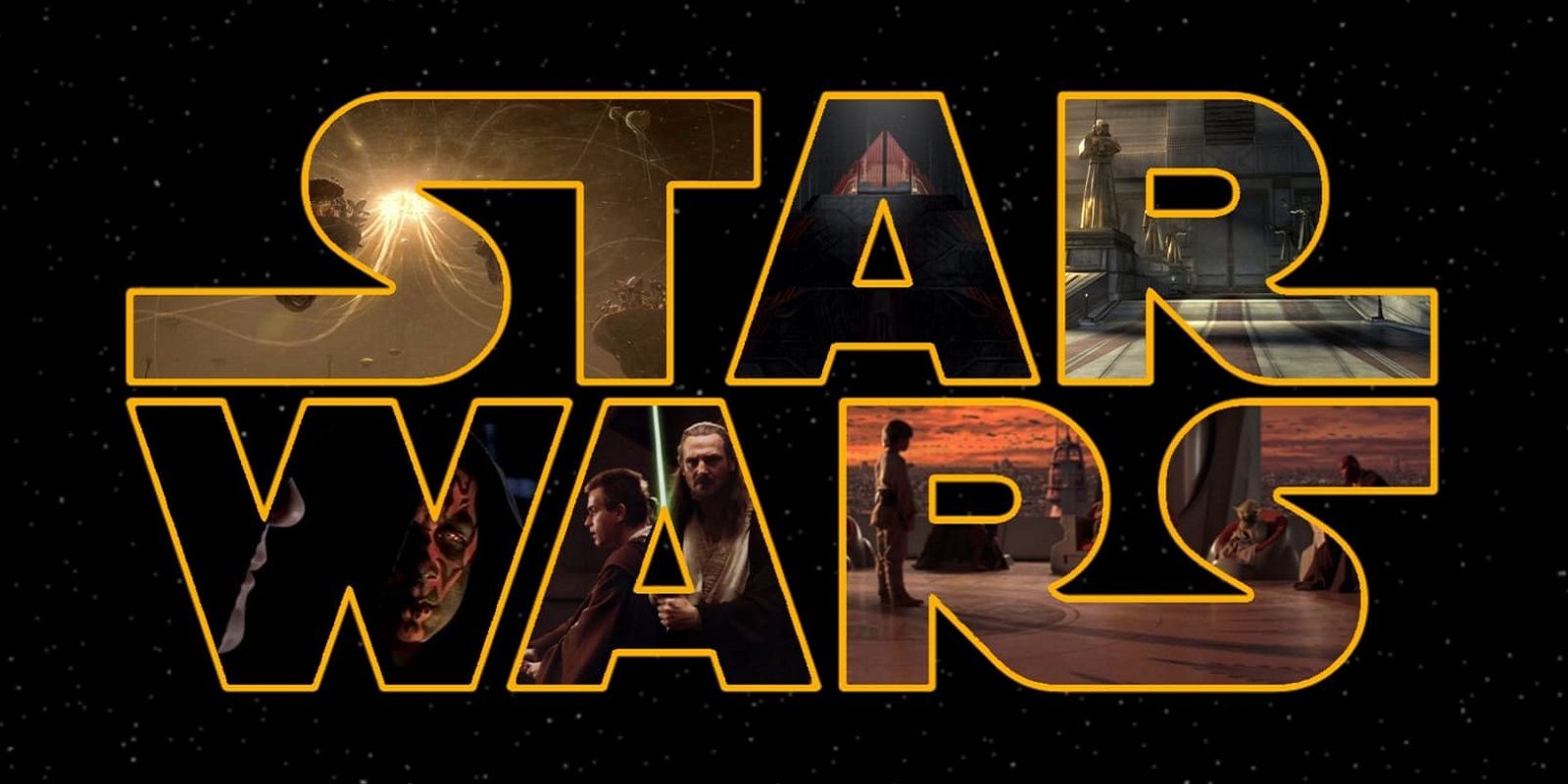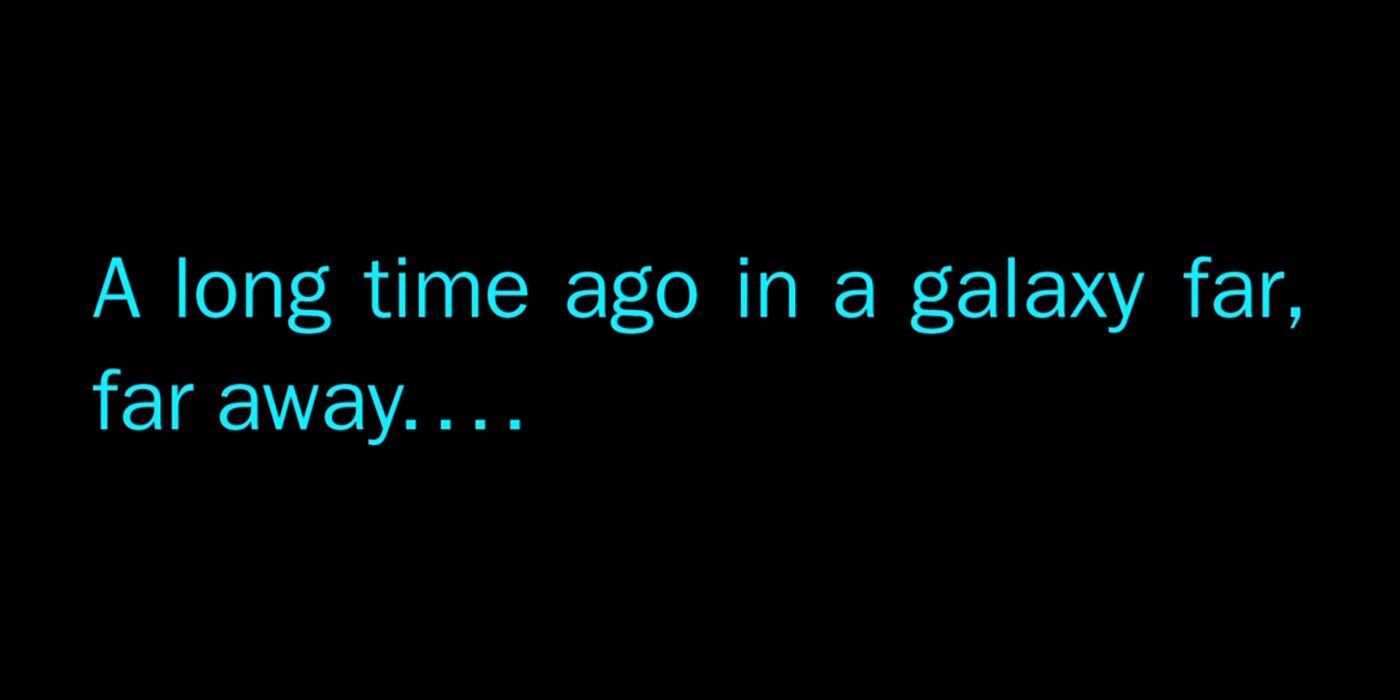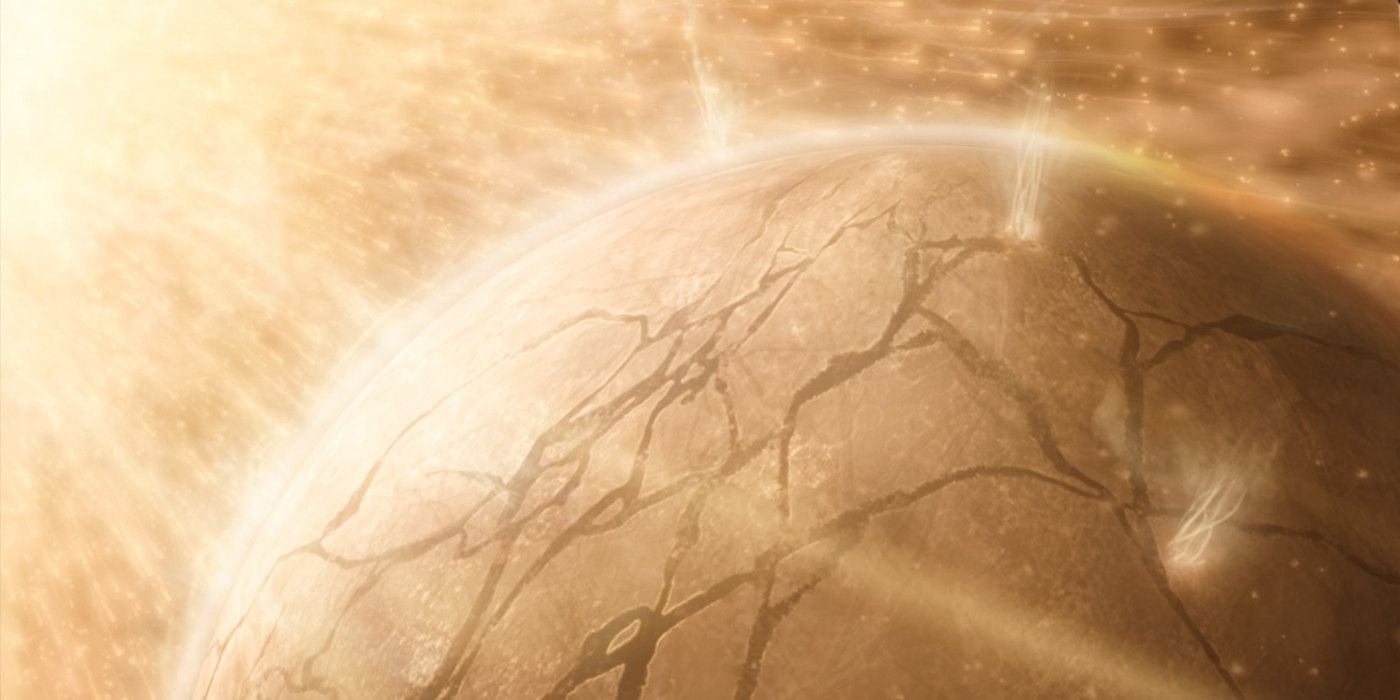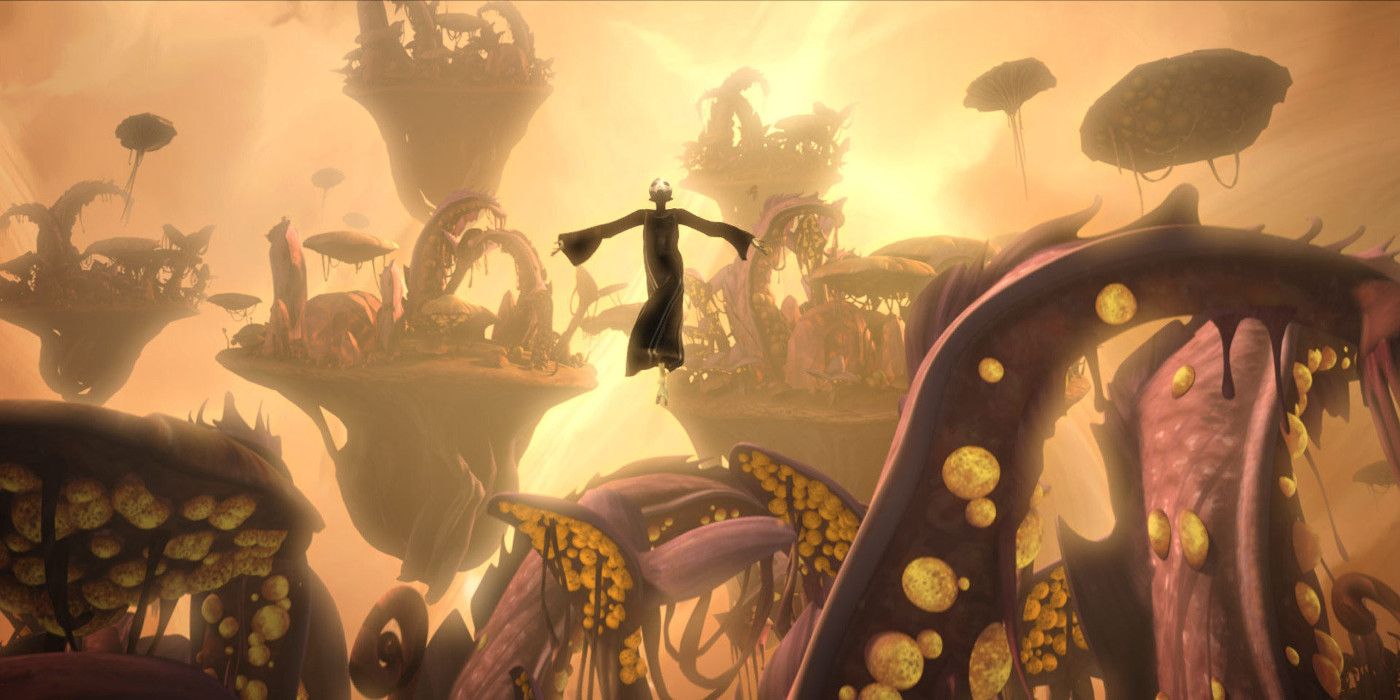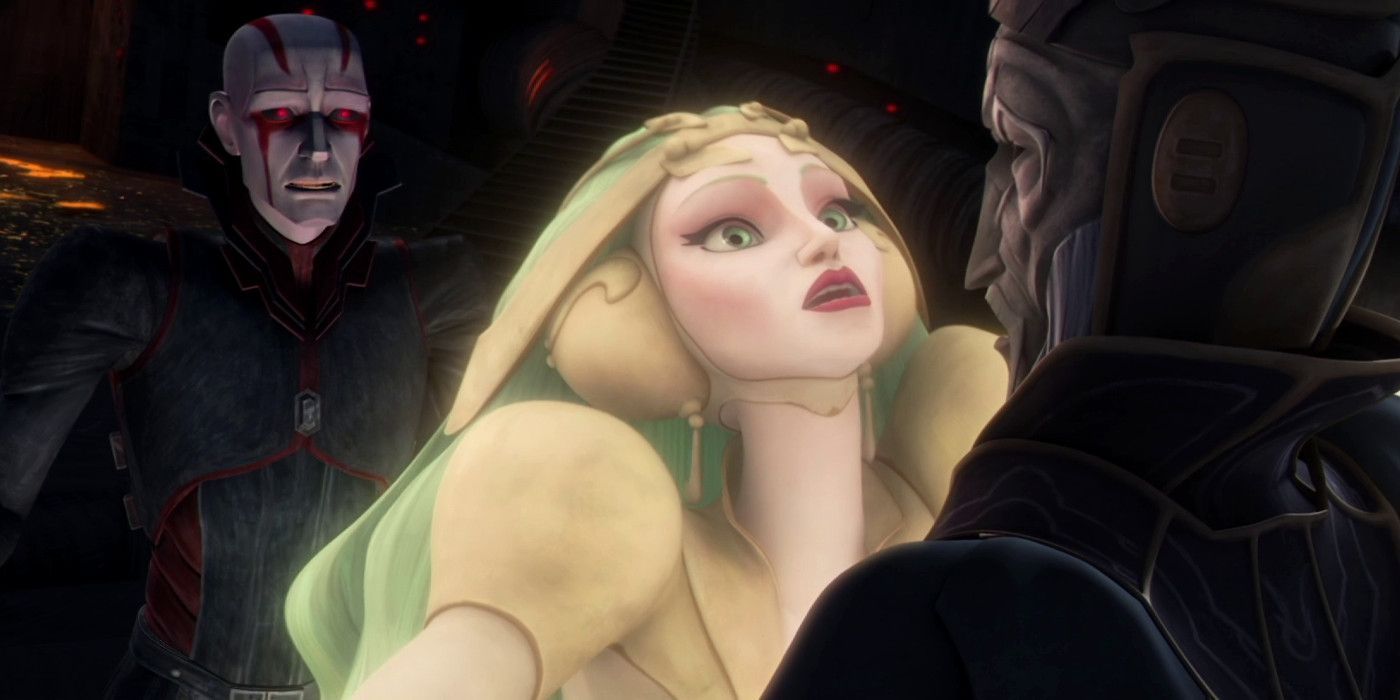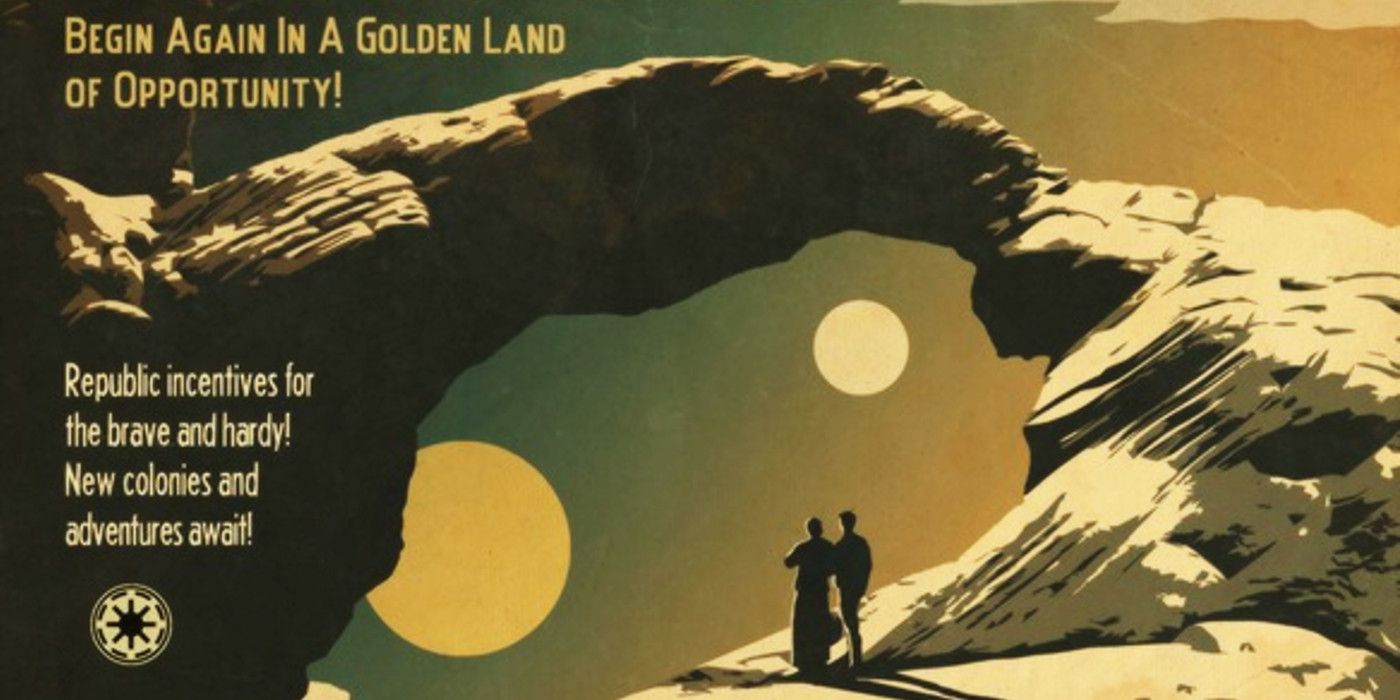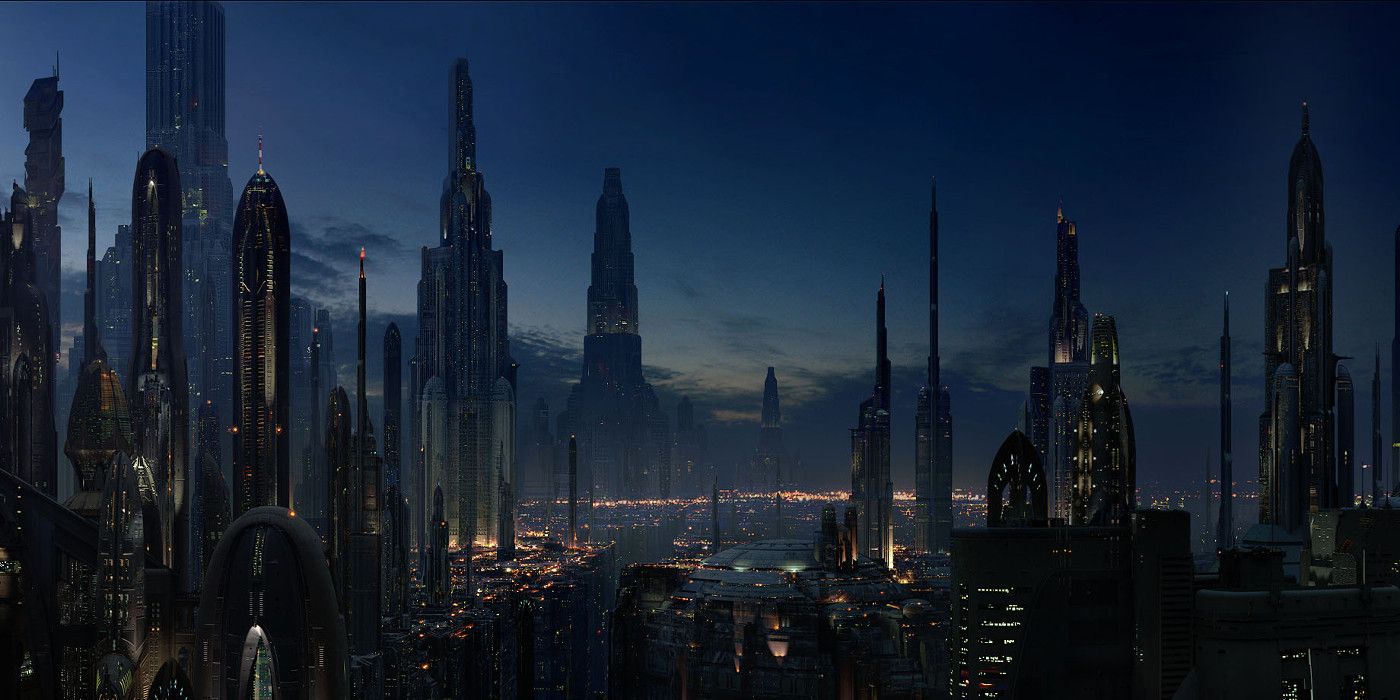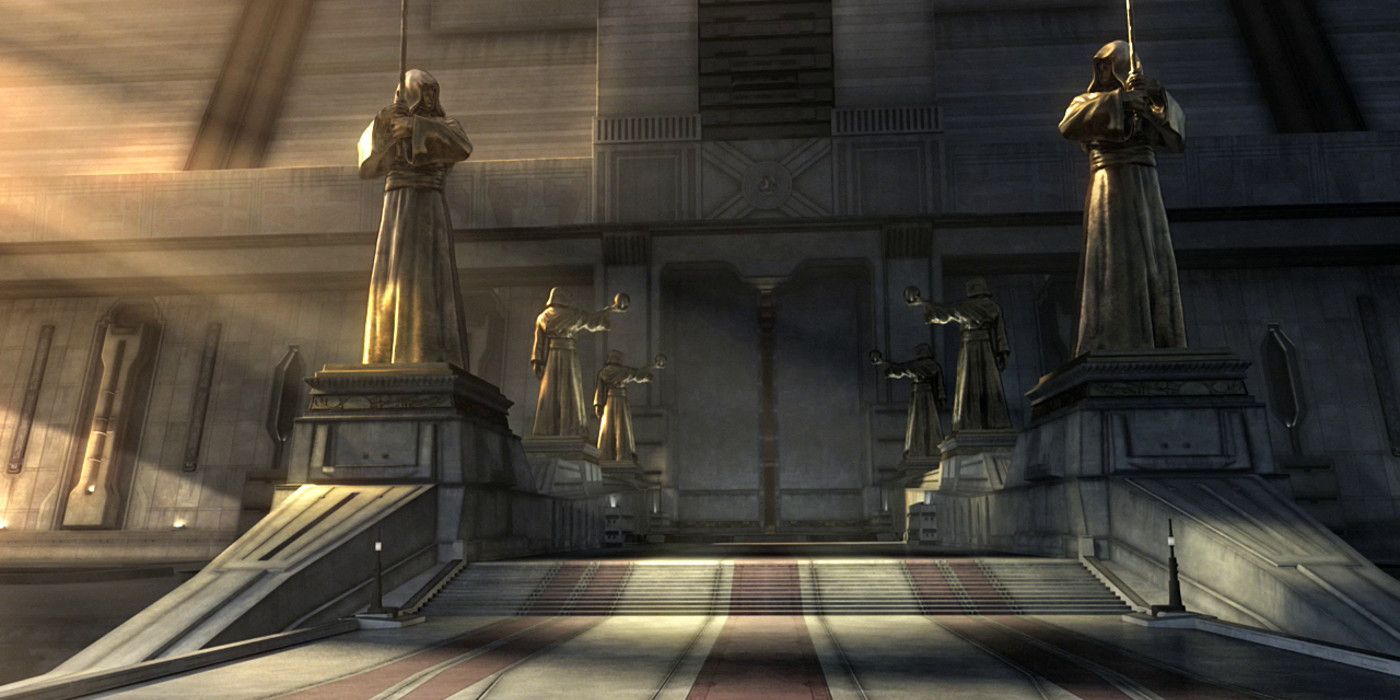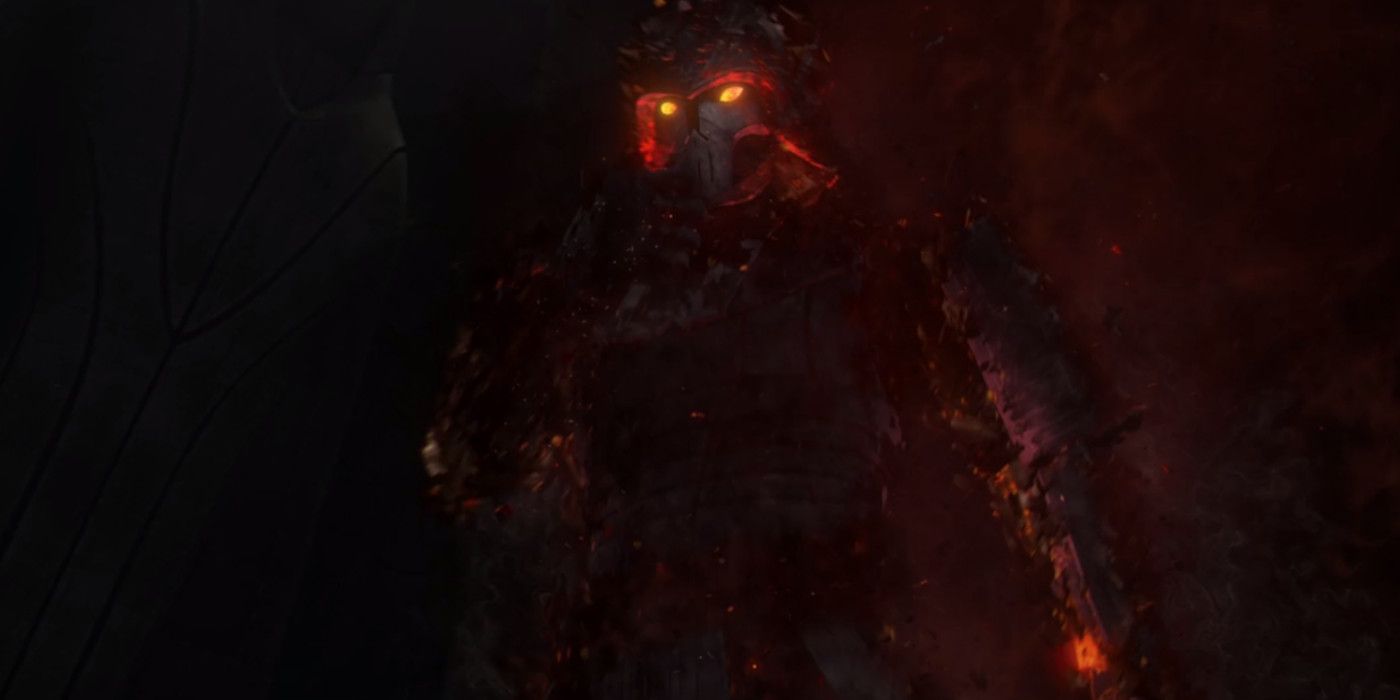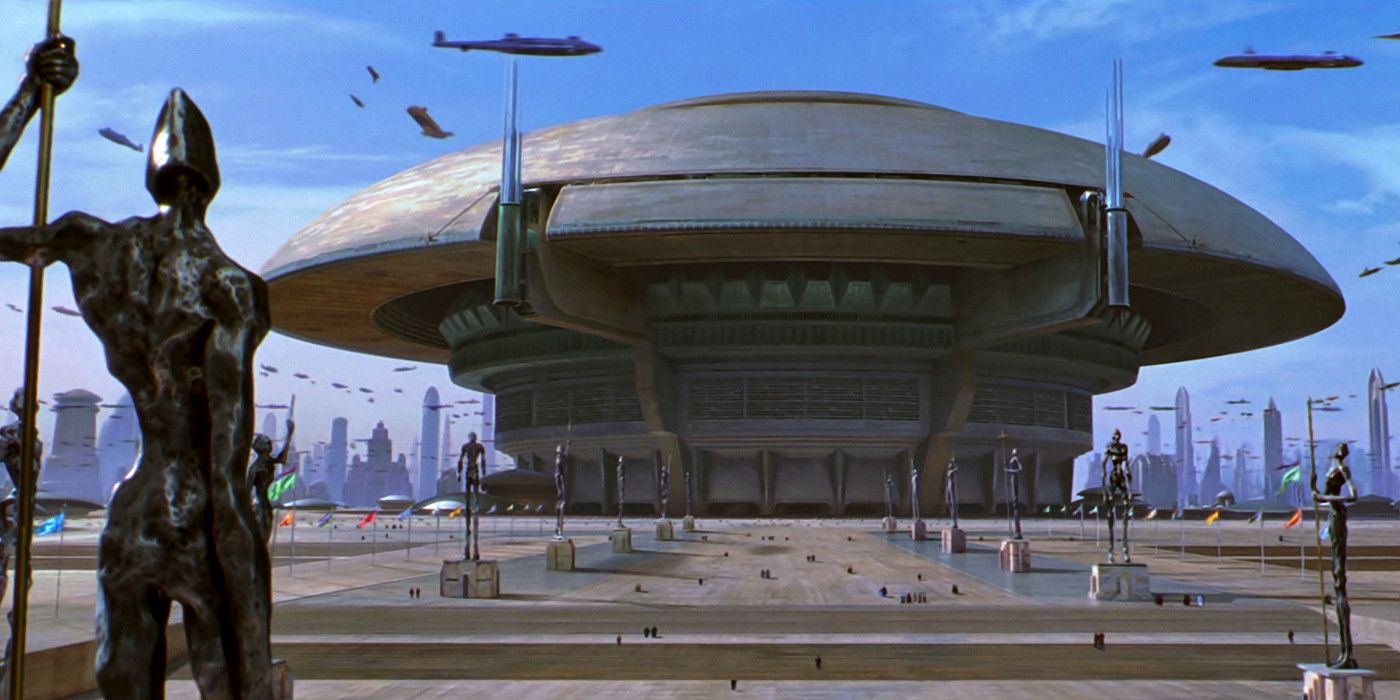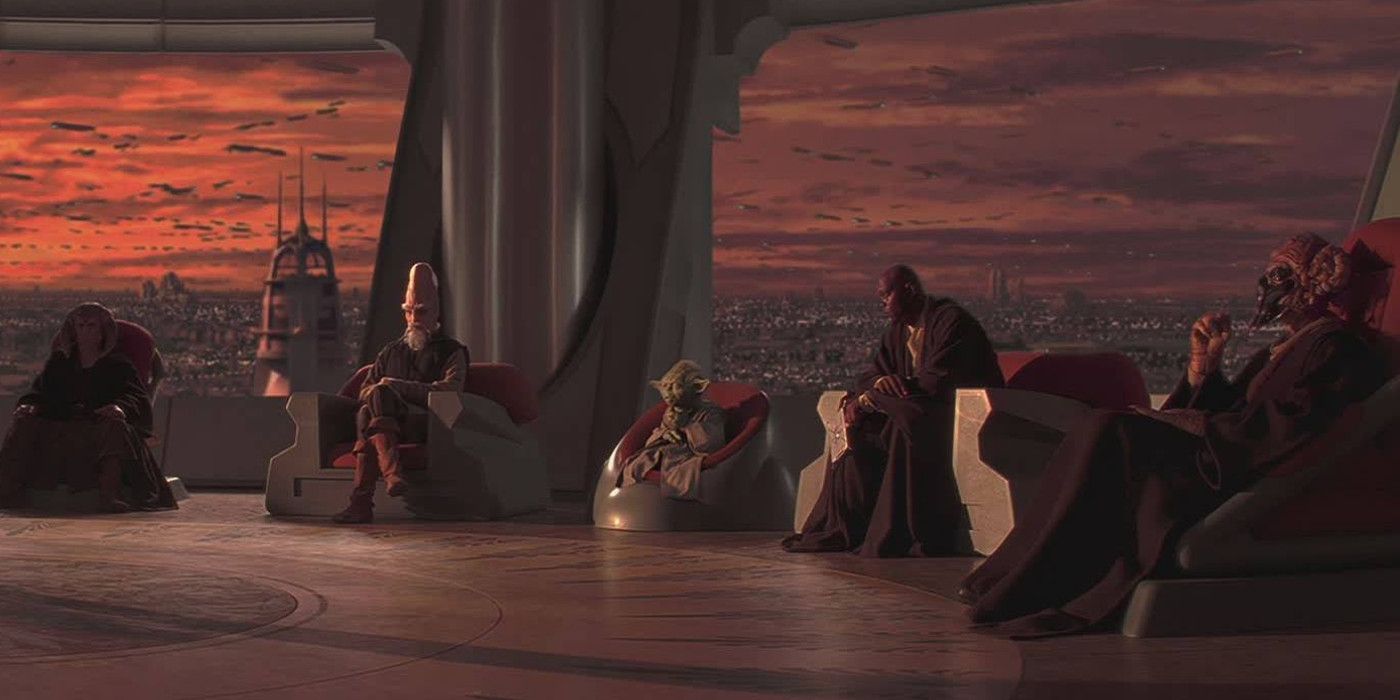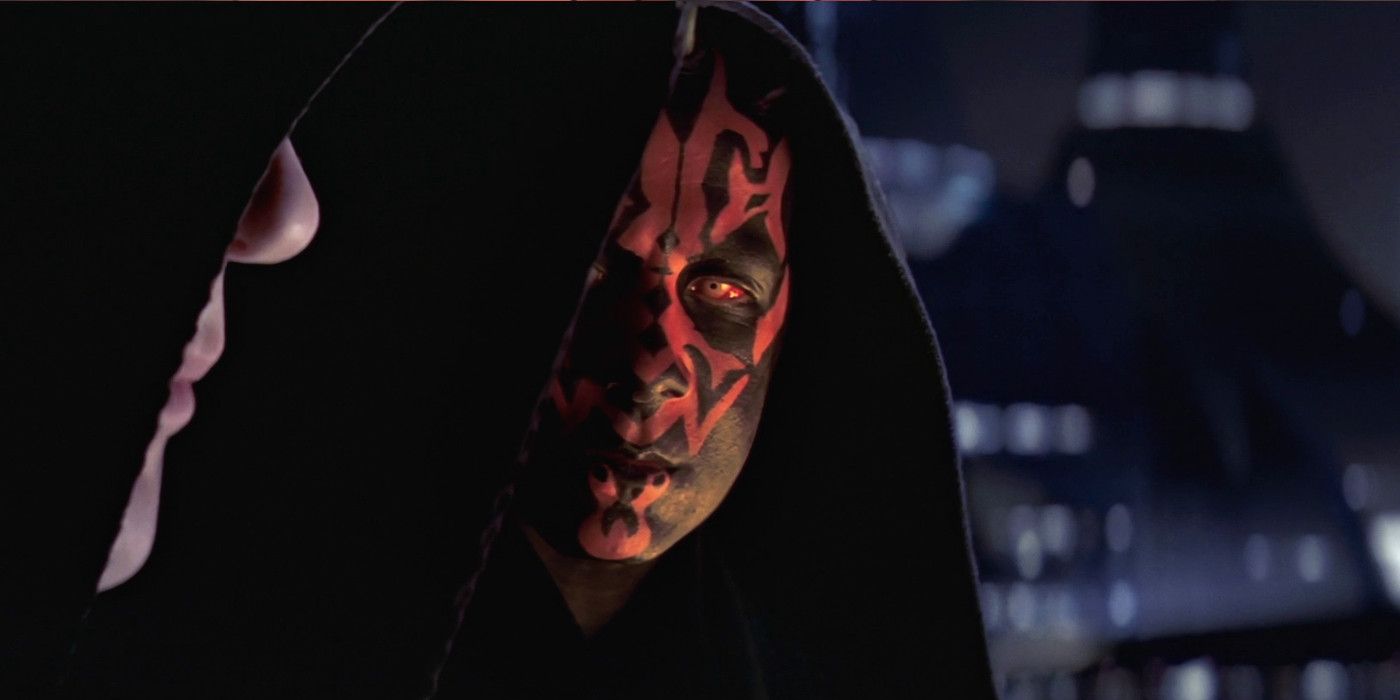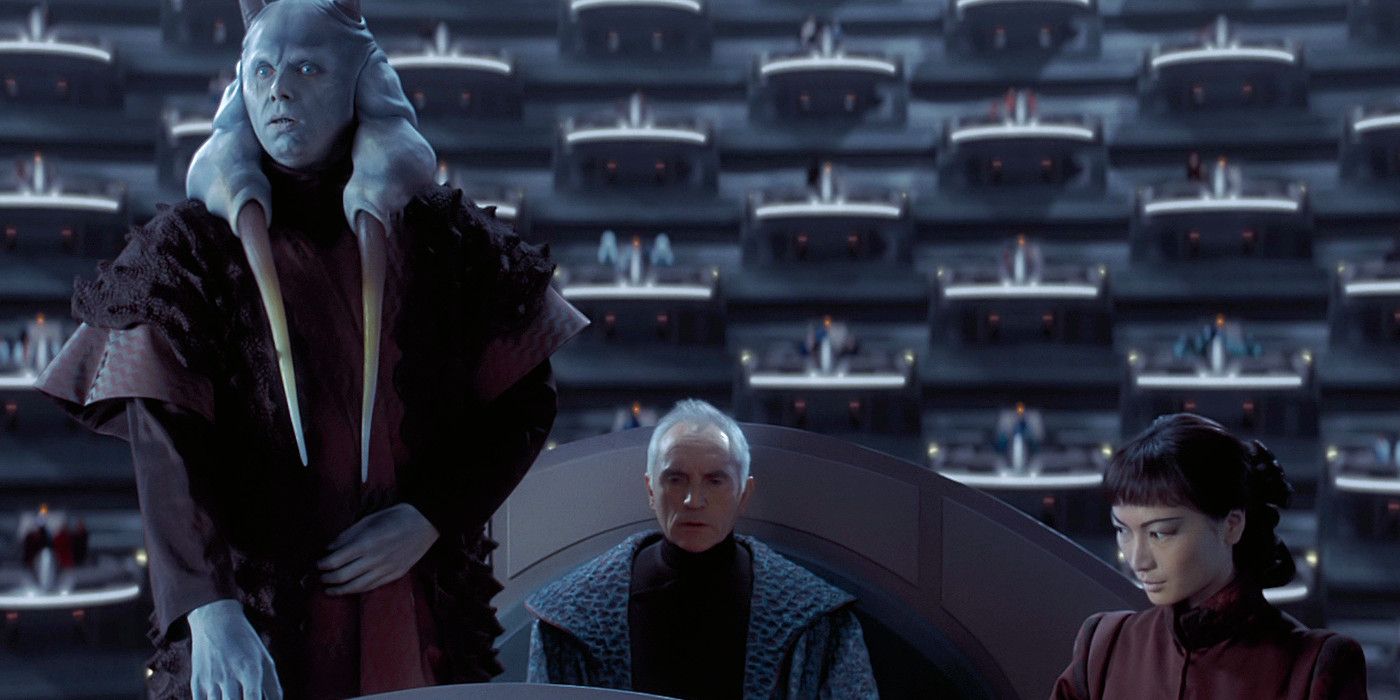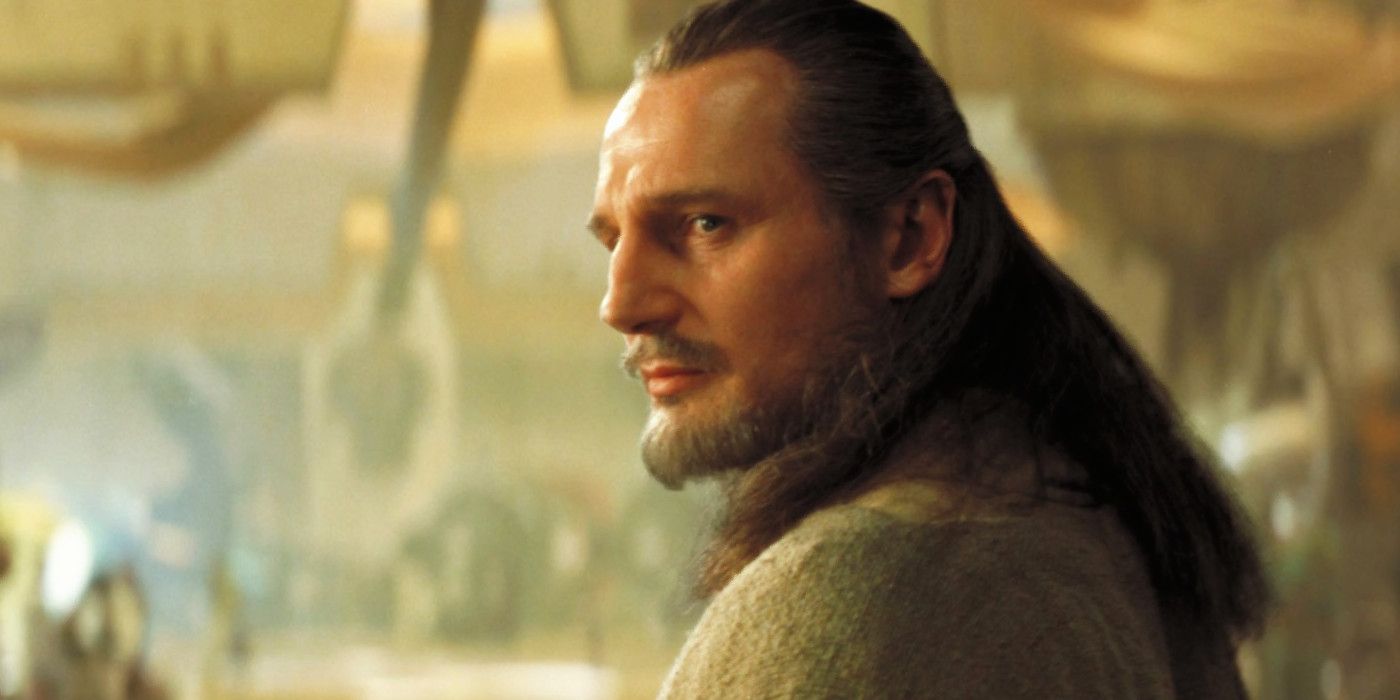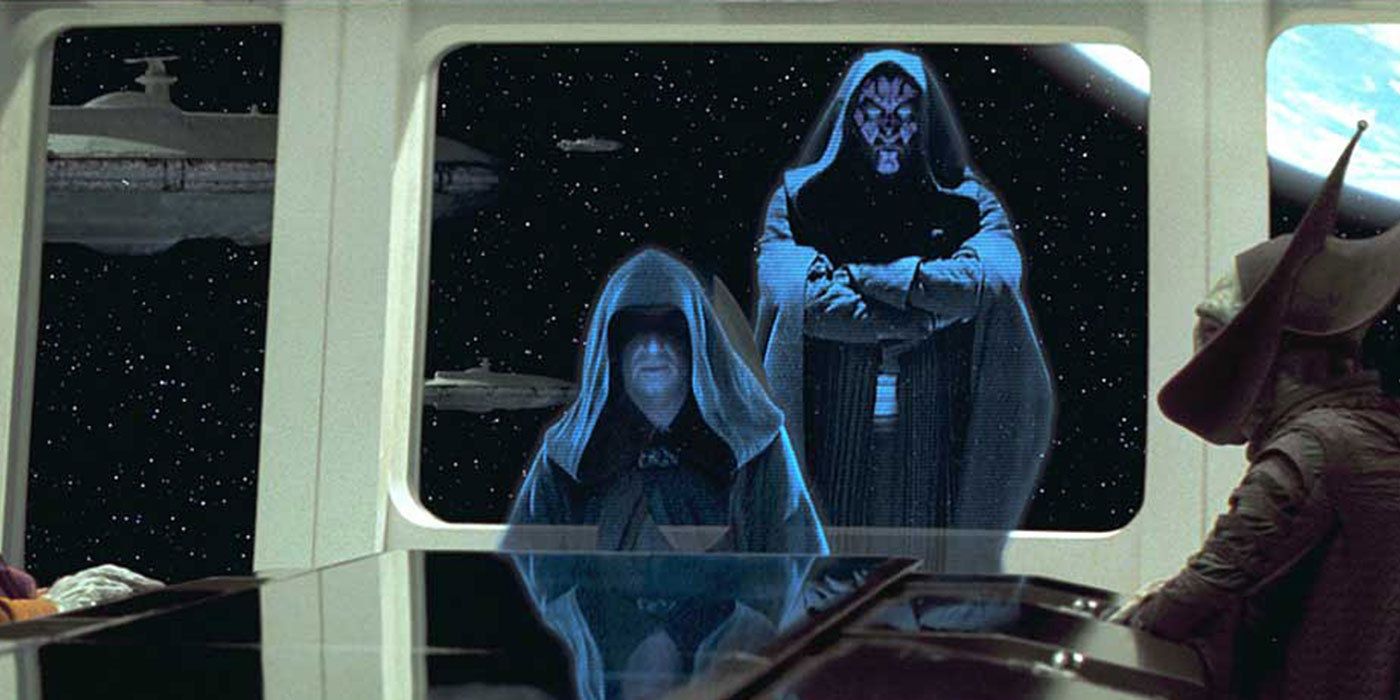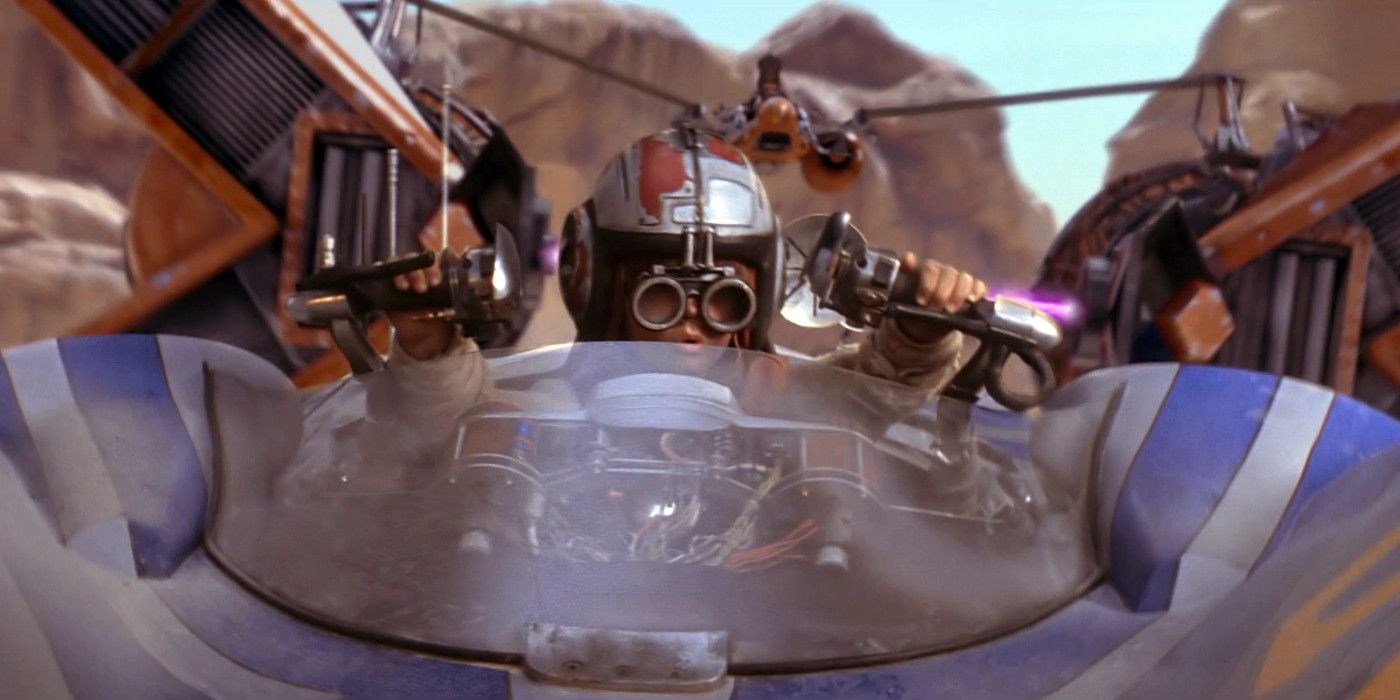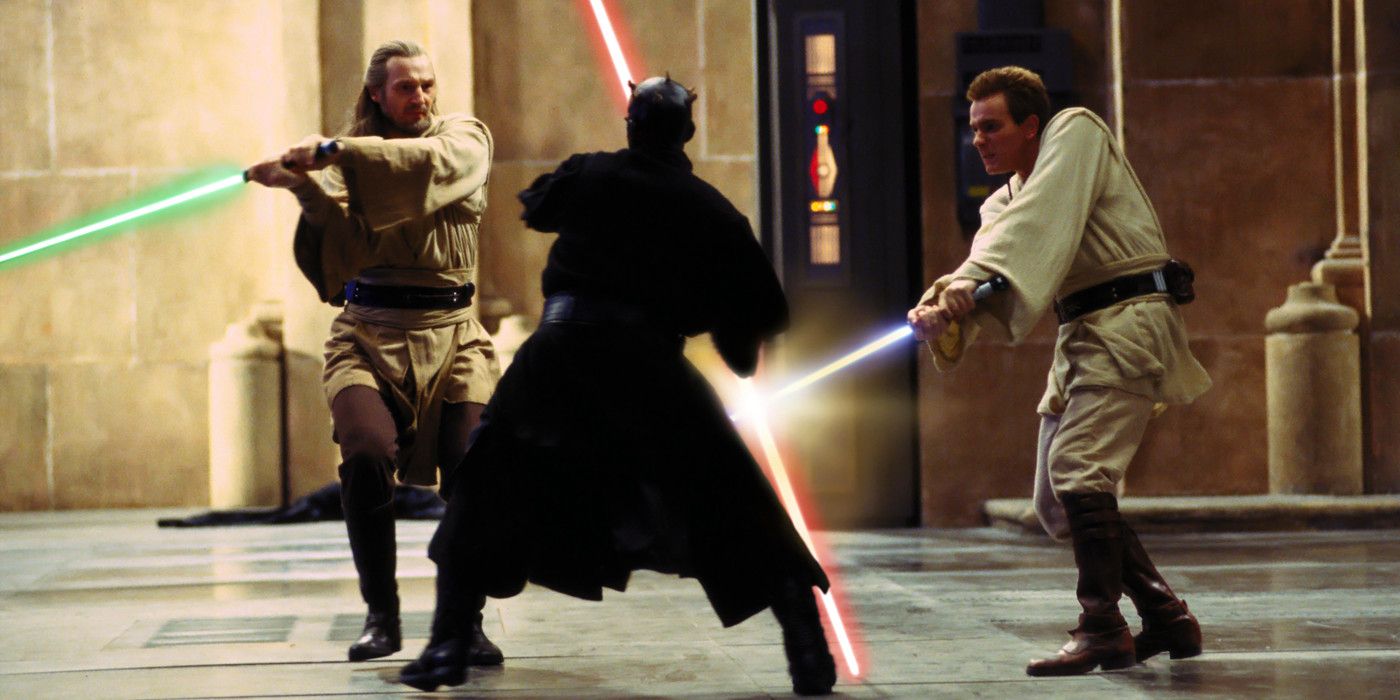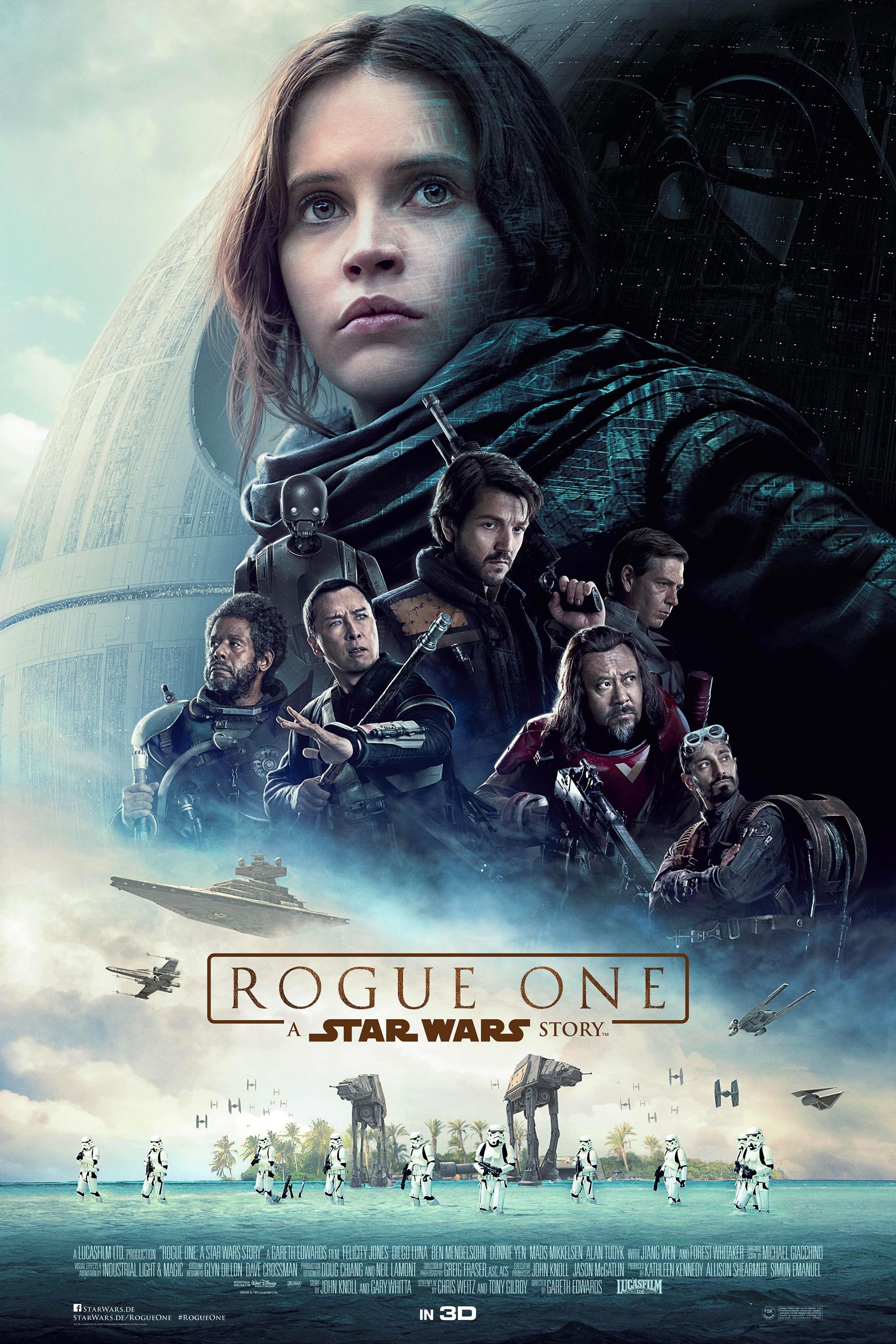Star Wars is back and bigger than ever. Just over 4 years ago, no one was predicting that the fan favorite franchise was on the verge of releasing more movies. Now we have a box office shattering Episode VII under our belts, the franchise is branching out with the first ever spin-off movie in Rogue One, and there’s also dozens of additional books and comics that round out the massive story of this shared universe.
Star Wars has always had a rich lore to explore, and the Expanded Universe was providing more Star Wars stories for fans since before the prequels were even conceived. The EU content became non-canonical Legends as a casualty of the decision to make more movies, disappointing many, but that decision cleared the way for a more cohesive universe most fans have come to appreciate.
The vast majority of Star Wars stories in this new continuity take place during the timeline of the 7 movies, but thanks to the help of other canonical materials, a lot of new information about the Star Wars universe is constantly being revealed. It would take weeks of (highly recommended) reading and watching to consume all the material, but as a (somewhat) brief overview, here’s A Complete History Of The Star Wars Universe, Part I.
16. The Journal of the Whills
”A Long Time Ago in a Galaxy Far Far Away…”
The classic opening to every Star Wars evokes the tone of a fairy tale or a legend, but it also suggests that Star Wars might have happened actually long ago in a distant galaxy in our universe - a history we only know about because of a mysterious storyteller. In this case, the stories come from the Journal of the Whills.
The Whills may be one of the more obscure elements of Star Wars, but they were present in most early Star Wars screenplays, showing up on the title page as The Adventures of Luke Starkiller as taken from the “Journal of the Whills”. References to the Whills would remain in the script until 1995, when the continuity script was released with the title Star Wars. Episode IV: A New Hope. They never made it into Star Wars movie continuity, but they did finally enter canon through the novelization for The Force Awakens, which cites a passage from the fabled Journal of the Whills.
"First comes the day
Then comes the night.
After the darkness
Shines through the light.
The difference, they say,
Is only made right
By the resolving of gray
Through refined Jedi sight."
―Journal of the Whills, 7:477
Still very little is actually known about the Whills, yet the story of the Star Wars universe ultimately revolves around them and is filtered through their perspective. From the origins of the galaxy to the discovery of the Chosen One and beyond, they’re the only ones that truly know the full story of galactic events.
15. Formation of the Galaxy
Travel all the way to the center of the Star Wars galaxy, and you’ll discover the Deep Core - a dense cluster of stars and planets all drawn in around a supermassive black hole. Near the center of the Deep Core is a nebula containing the unnamed Force Planet, the source of all life in the Star Wars galaxy and the origin of midi-chlorians.
Expanding outward as far as 50,000 light years from the Deep Core, the galaxy is divided into many regions with the Core Worlds being the centermost planets of populated space - and the origin of the human species. Continuing beyond the Deep Core and the Core Worlds are the Colonies, the Inner Rim, the Expansion Region, the Mid Rim, the Western Reaches, the Unknown Regions, and the Outer Rim, all of which are teeming with millions of unique life forms - both intelligent and otherwise.
The galaxy forms the shape of a spinning disk, and each region is referenced according to galactic north, south, east, and west, despite the fact that the planets exist in 3-dimensional space. There are also a number of dwarf galaxies, including the Rishi Maze. While it is possible to travel to the dwarf galaxies and other areas outside of charted space, very little is known about these regions and lack of chated safe routes and established civilization leave very little incentive for any but he most daring of explorers to leave the boundaries of known space.
14. The Force
Residing in and presiding over all life in the Star Wars galaxy is the Force - an energy field created by all living things that binds the galaxy together. While very mystical and spiritual sounding in concept, the Force is just as much a part of the fabric of the universe as time, gravity, energy, and matter. The numerous properties of the Force are comprised of two sides: the living Force, and the cosmic Force.
The living Force is anchored in the physical world. It draws its energy from all life, and allows anyone that taps into it to interact with that energy. This gives Force users the ability to interact with objects, enhance their physical abilities, and gain a deeper understanding of the universe around them.
The cosmic Force is in turn fed by the living Force. The cosmic Force is the more spiritual half - the half that communicates with those that would hear it - telling them things about the universe, granting visions of the past, present, and future, determining the course of the galaxy, and holding reality together.
These two interdependent halves of the Force come together and unite with intelligent beings through microorganisms called midi-chlorians that live inside the cells of all life forms, in varying concentrations. Through training and meditation, Force users can quiet their mind and listen the midi-chlorians speak, allowing them to hear the will of the Force.
13. Force Factions
Over the eons, many different sensitives have come together to form groups centered around tapping into the Force. Each group would have different names for the Force, as well as different beliefs about how to commune with and manipulate the Force.
The Jedi order used the Force to gain knowledge and understanding, valuing compassion and using their abilities selflessly to protect the Galaxy. This selflessness would allow some Jedi to retain their consciousness after the death of their body when their energy flows into the cosmic Force.
The Sith leveraged their Force abilities to amass knowledge and power for themselves, believing that feeding their passion enabled them to wield the Force - often called the “dark side” - to a greater effect. This self-focused perspective led many Sith to seek immortality, largely without success.
The Nightsisters wielded the dark side of the Force, but did not tap into it like the Sith, instead using dark magick to wield it on their behalf, allowing them to benefit from its strength, but keeping them from losing themselves in the dark side as the Sith did.
The Dagoyan Masters were an order of Force users that had a passive relationship with the Force, trusting in the cosmic Force to guide them instead of actively tapping into the energy of the living Force. Seeking universal harmony, the Dagoyan Masters were pacifists that didn’t believe the Force was something to be bent to one’s will.
The Force wielders were a species of extreme Force sensitivity, and are possibly even manifestations of the Force itself. Only 3 were known to exist in Wild Space on Mortis: the Daughter, representing the light side; the Brother, representing the dark side; and the Father, who served to maintain the balance.
The Force Priestesses are beings even more mysterious than the Force wielders. Found on the unnamed Force planet in the Deep Core, the five priestesses represent different emotions: serenity, joy, anger, confusion, and sadness. Only revealing themselves to a trusted few in the entire history of the galaxy, the Force Priestesses are among the small number of beings to possess the secret to immortality.
Force users don’t need to follow any of the existing groups, though. There are many that have a connection to the Force that follow their own path instead of subscribing to any particular dogma or doctrine.
12. Galactic Colonization
Early history of the Star Wars galaxy is exceptionally sparse, but most accounts begin with the invention of hyperspace. Many planets had years of history leading to space flight, but a shared galactic history was all but non-existent before hyperspace permitted interstellar travel, allowing beings from disparate locales to cross-pollinate their cultures and knowledge.
The first civilizations to utilize hyperspace travel gained the ability from studying it in nature. The Purrgil are a migratory space faring species of whale-squid creatures that have the natural ability to jump into hyperspace to travel between star systems.
Hyperspace, as opposed to “realspace,” is an alternate dimension that can be reached by traveling past light speed - essentially taking a shortcut through the fabric of the universe.
Hyperspace travel is dangerous without the proper coordinates, though. The first beings to explore hyperspace routes didn’t have the developed navicomputers and index of charted routes of later generations, making galactic travel a tedious affair. In the early stages, maps had to be charted manually using shorter jumps and oriented by hyperspace sextants.
Once these civilizations started creating hyperspace routes and interacting with other planets, the galaxy began to change shape in ways that would affect galactic history for thousands of years to come.
11. The Old Republic
After sentient life forms had harnessed the ability to utilize hyperspace to travel the galaxy, they began to form alliances with other systems, banding together into larger and larger organizations that would eventually come together to create the massive Old Republic.
With the formation of the Republic, based out of the Core world of Coruscant, civilization began to spread out toward the far corners of the galaxy, setting hyperspace beacons, exploring new trade routes, and colonizing and settling new planets. While Republic rule diminished in the most distant systems, it was the infrastructure provided by the Republic that allowed society to stretch as far as it did.
Long after its dissolution, the lasting impact of the Old Republic could still be seen through the use of established trade routes, colonization of far flung systems, a somewhat common currency, language, and other semi-consistent cultural touchstones.
10. Formation of the Jedi Order
There are many ancient orders of Force sensitive beings, but the most prolific order was that of the Jedi. As with the formation of the Old Republic, it was the advent of hyperspace travel that truly allowed the Jedi to grow. The ability to easily travel between systems allowed Force users from various worlds to come together and form the Jedi Code, and then set out to establish temples, the first of which was built on the planet Ahch-To.
This network of temples would expand to include many more planets, including an especially precious temple on the planet Ilum, the home of the Jedi’s supply of kyber crystals, which Jedi younglings would harvest during The Gathering - one of the most sacred Jedi trials. Once a Jedi youngling had obtained a Kyber crystal, they would use it to build a lightsaber, the weapon of a Jedi, and often their only posession. The Jedi younglings were trained by Jedi Masters until they had gained a sufficient mastery of the Force. At this time, they would either be paired with a Jedi Knight as an apprentice - called a Padawan - or go into one of the many other professions in the Jedi Order, such as archivist or temple guard.
As the Jedi Order grew and expanded, so did the Old Republic. The Jedi Order eventually came to serve as protectors of the Republic, allowing the government to expand into new systems, spreading civilization to more and more planets.
9. The Sith Emerge
Unfortunately, the early days of the Jedi weren’t marked solely by success and growth. In the nascent days of the order, a Jedi experimented with the dark side of the Force, finding that he could draw on immense power by giving into selfish emotions. When the Jedi Council discovered his meddling, he was banished, taking followers with him and giving birth to the Sith. The schism in the Jedi Order and the formation of the Sith marked what would be known as the Hundred-Year Darkness.
The Sith used slavery to build a massive empire, ranging from Yavin IV (where they enslaved the Massasi, forcing them to build giant temples), to Coruscant, where the Sith were headquartered for a time, building a Sith shrine in the deep levels of the core world.
The years of wars between the Jedi and Sith spanned the entire galaxy, with major battles hitting planets like Takodana and Malachor before the Sith were eventually forced to abandon their home planet of Moraband, their Empire collapsing due to greed and infighting.
Only a powerful Sith Lord, Darth Bane, managed to survive. Hiding in the shadows, he would take on and train an apprentice, forming the Sith Rule of Two. While the Rule of Two was in no way a new concept - it had been practiced by the Sith before - it was Darth Bane that made it an absolute rule, knowing that the Sith were too greedy to survive if their numbers were too numerous.
The Sith continued to exist as such for thousands of years, completely unbeknownst to the Jedi Order. A Dark Lord of the Sith would take on an apprentice who would eventually try to kill his master and take his place. If he failed, the Dark Lord would simply get another apprentice. This order of succession had no tolerance for weakness and ensured that the Sith only became more powerful with each generation.
8. The Galactic Republic
As the Sith Empire crumbled, so did the Old Republic. Wars with the Mandalorians and the Zygerrian Slaving Empire had worn the Republic down to the point of collapse. With the aid of the Jedi, the Old Republic reorganized, reformed, and rebuilt as a democracy - the Galactic Republic.
A part of this reorganization included disbanding any standing military presence. Member systems were allowed to maintain their own defense forces, but the Galactic Republic wanted to set an example by putting down its guns.
Not all systems were fans of this policy. While most of the galaxy was ready for peace, the warriors of Amaxine opposed this decision, especially because their main industry was in weapons trade. Withdrawing from the Republic, the Amaxine warriors traveled to the farthest reaches of the galaxy, possibly leaving it altogether in search of a new home.
The Republic returned its capital to Coruscant, also making the planet the home for the new Galactic Senate where delegates from each member system could represent their people in the crafting of new legislation and election of Republic leadership.
7. The Jedi Gain Prominence
Uninhibited by the Sith, or any other galaxy wide conflict, the Jedi Order also flourished during this time. Yoda, a future Jedi Master and head of the Jedi Council, was born on an unknown planet nearly two centuries after the end of the Old Republic and the formation of the Galactic Republic. The Jedi Code slowly shifted to deter the Jedi from conducting larger military operations, encouraging the order to focus their efforts on peacekeeping efforts on behalf of the new Galactic Republic.
Making Coruscant their primary home, the Jedi built a massive Jedi Temple on top of the old Sith shrine in an effort to contain its influence. The order moved the Jedi Council chambers to the highest point in the tower, making Coruscant the epicenter of the Jedi Order.
As they grew into this new role, the Jedi frequently served as negotiators and arbiters responsible for ensuring isolated conflicts didn’t fan the flames of violence to instigate larger confrontations. Under their watch, the galaxy would experience generations of relative peace.
In further efforts to avoid allowing the mistakes of the past to repeat, the Republic built a prison called the Citadel on the planet Lola Sayu. The Citadel was designed to be an inescapable fortress where rogue Jedi could be detained, in order to limit the potential for another schism.
6. The Sith Grow in the Shadows
The Sith persevered in the shadows for over a thousand years, completely unbeknownst to the Jedi thanks to Darth Bane’s implementation of the Rule of Two. Sith Masters would take on and train apprentices until the apprentice eventually attempted to rise up and defeat the master, ensuring each generation was stronger than the last. Eventually this practice produced a Sith Lord by the name of Darth Plagueis. Plagueis usurped his master in the tradition of the Sith to become the reigning Dark Lord, and took on a young man from Naboo, Sheev Palpatine, as his own apprentice.
Plagueis had dedicated much of his life to studying midi-chlorians, and believed the knowledge he’d learned would grant him the power to both create life and save others from death. After he taught these lessons to Sheev, who had taken the name of Darth Sidious, his apprentice killed him in his sleep, rising up to replace Plagueis as the new Sith Master.
Unaware of the continued existence of the Sith due to the combined influence of their vision being clouded by the shrine beneath the Jedi Temple and the Rule of Two, the Jedi grew complacent.
Around this time, a baby boy is born to a virgin slave of Gardulla the Hutt on the outer rim planet of Tatooine. His mother gives him the name Anakin Skywalker.
5. A Republic Out of Touch
The surge in growth seen by the Republic led to opulence in the Core Worlds, accompanied by the formation of commerce and trade guilds to regulate various industries and provide corporate representation to the Republic Senate. Exploiting tax and trade loopholes, these guilds muscled out competition to gain a foothold with the republic, leveraging this control to benefit their own interests.
Like the Jedi, the Republic also grew self-centered and arrogant. Ignorant of the plight of many of the less privileged systems, the citizens of the Core Worlds (especially Coruscant) began to look down their noses at “less civilized” planets, many of which were now being exploited by the banking clan, who pushed high interest loans on planets attempting to develop more productive economies.
Seeing the impending deterioration of the Republic, and a coming schism caused by the political control leveraged by the commerce guilds, Jedi Master Sifo-Dyas warned the Jedi Council of a coming conflict, urging them to take action. They ignored his pleas and stripped him of his seat on the council. Taking matters into his own hands, Sifo-Dyas approached the cloners of Kamino and claimed he was acting as a representative of the Galactic Republic to request they begin building an army.
To combat the rising influence of the commerce guilds, the Republic began to place regulations and heavy taxes on major trade routes, further alienating many outlying systems which had already begun to grow disenfranchised with the attitude of superiority exuded by many of the Core Worlds.
4. Seeds of a Schism
Seeing the ineffectiveness of the senate and the refusal of the Jedi council to get more involved as evidence that they had lost their way, many Jedi, including Dooku (the former Padawan of Jedi Master Yoda) become disillusioned with the Order and give up their titles. Returning to his homeworld of Serenno, Dooku regained his family’s fortune and his title as Count - both of which had been surrendered when he joined the Jedi Order.
Despite Dooku’s exit from the order, his former Padawan, Qui-Gon Jinn, remained a member. Qui-Gon had a reputation for not following the Jedi Code in its entirety, preventing him from receiving an invitation to join the Jedi Council, even though his study of the living Force had made him a powerful Jedi, earning him the rank of Master.
Continuing to lead the life of a humble Knight, Qui-Gon was one of the only Jedi to ever be hand picked by the Force Priestesses in the Deep Core - who were entirely unknown by the Jedi - to study how to retain his individuality after death as his consciousness passes into the cosmic Force.
Keeping this knowledge a secret, Qui-Gon took on Obi-Wan Kenobi as a Padawan, passing along much of his less secretive knowledge of the living Force.
Darth Sidious continued to build his own strength, visiting the leader of the Nightsisters of Dathomir, Mother Talzin, to exchange teachings of the dark side. Sidious initially planned to ask Talzin to become his new apprentice, but he decided to abduct her son instead - training him as a Sith and giving him the name Darth Maul.
3. The Phantom Menace
Eventually, the disputes between the Commerce Guilds and the Galactic Republic come to a head. After years of cleverly dodging Republic taxation through the utilization of free trade zones, the Trade Federation has finally gone too far and spurred the Republic into action. In an effort to close the free trade zone loophole the Federation was exploiting, the Republic Senate begins to tax these trade routes, drawing the ire of the Trade Federation.
In an act of protest, the Federation, under the advisement of Darth Sidious, creates a blockade around Naboo, the home planet of Senator Sheev Palpatine, who intended to use the crisis as a means of garnering the sympathy of the Republic senate and leverage himself into a position of higher power.
Qui-Gon Jinn and Obi-Wan Kenobi are dispatched by the republic to parley with the Federation and convince them to end the blockade. Upon their arrival the Trade Federation attempt to kill the Jedi and send troops to the surface of Naboo, seizing the capital city of Theed.
Escaping the Federation’s trap, the two Jedi head to the surface where they meet a native Gungan, Jar Jar Binks. Binks guides them to the underwater city of Otoh Gunga where they procure a vessel that can take them underwater through the planet core to Theed where they rescue Queen Padme Amidala and her entourage and flee the planet with Binks in tow.
2. The Discovery of The Chosen One
Forced to jump to another system for repairs prior to returning to Coruscant, the Jedi take the refugees away from Federation controlled systems to the Hutt controlled Outer Rim planet of Tatooine, where they encounter Anakin Skywalker. Seeing the boy’s affinity for fixing machines and flying, Qui-Gon discovered that Anakin possessed the highest midi-chlorian count ever measured. Believing Anakin to be a prophetic “Chosen One” meant to bring balance the Force, Qui-Gon determines the boy must be trained as a Jedi.
Before they can leave the planet, they are tracked down and intercepted by Sidious’s apprentice, Darth Maul, the first Sith to reveal himself to the Jedi in 1,000 years. Crossing blades with the dark side warrior, Qui-Gon provides his companions the time they need to board their ship before retreating himself.
After escaping back to Coruscant, Queen Amidala and Senator Palpatine go before the Republic Senate in a plea for action against the aggressions of the Trade Federation, who are still occupying Naboo. At Sheev’s suggestion, Padme calls for a vote of no confidence against the current Chancellor, Finis Valorum. The motion passes, and Palpatine - aided by sympathy for Naboo's current predicament - garners the nomination to replace the Chancellor.
Meanwhile, Qui-Gon presents Anakin to the Jedi Council, but the boy is rejected by the Masters due to their dogmatic adherence to a long tradition of only bringing on younglings as new trainees. Once again going against the Jedi Council, Qui-Gon takes Anakin on as his own Padawan, saying his current Padawan, Obi-Wan, is more than ready to pass the trials to become a Jedi Knight.
1. The Battle of Naboo
Refusing to wait for the Senate to deliberate on sending support to Naboo, Queen Amidala determines to return home to help her people in what ways she can, accompanied by Obi-Wan, Qui-Gon, and Anakin.
The Queen uses Jar Jar Binks to contact the reclusive Gungans - who have historically not gotten along with the people of Naboo - to form a resistance against the Trade Federation and their invading droid army.
During the ensuing battle, Qui-Gon and Obi-Wan once again encounter, Darth Maul, engaging him in lightsaber combat. Maul ferociously holds off the two Jedi with a double bladed lightsaber, eventually separating the master from the apprentice. Seizing the opportunity, Maul stabs Qui-Gon through the stomach, killing the older Jedi. Distraught over the loss of his Master, Obi-Wan calms himself with the Force, and renews his attack against the Sith apprentice, eventually slicing him in half. Enraged, Maul digs deep into the Force, wrapping his ruined body in the energy of the dark side. Badly injured, but still alive, he gives himself over to his hate, and manages to survive long enough to heal and ends up in a garbage hauler that eventually dumps him on Lotho Minor, a massive junkyard world for disposing of trash from other planets.
After the Trade Federation is forced to retreat from Naboo, Obi-Wan is granted the full title of Jedi Knight, and requests permission to fulfill Qui-Gon’s dying wish by taking on Anakin as his own Padawan. The council reluctantly grants the request: Obi-Wan Kenobi will train Anakin Skywalker to be a Jedi Knight.
---
There's far too many details to cover every little bit, after all, this all originally appeared in books, comics, movies, and shows far with far more space for the details, but did any of your favorite bits get left out? Did you learn anything new or interesting? Let us hear about it in the comments!

